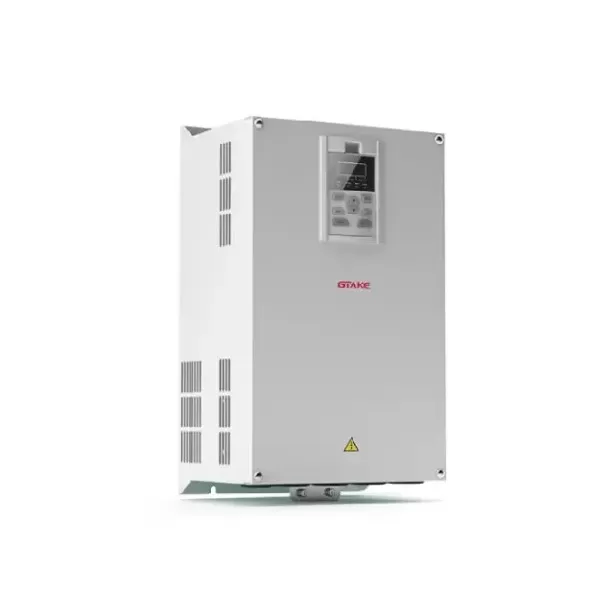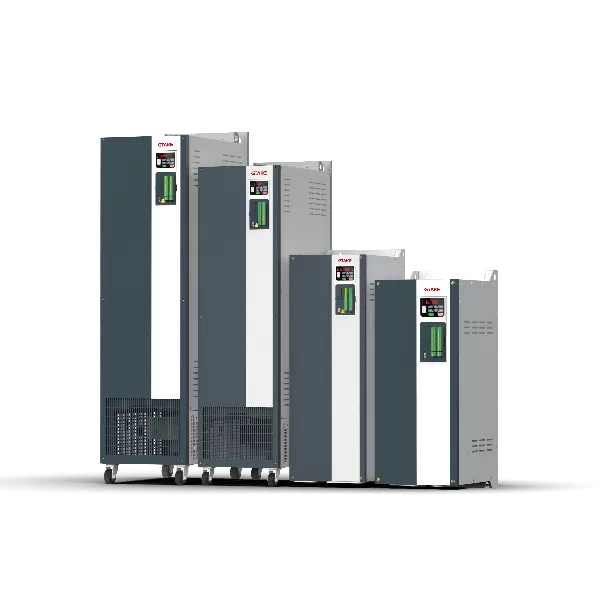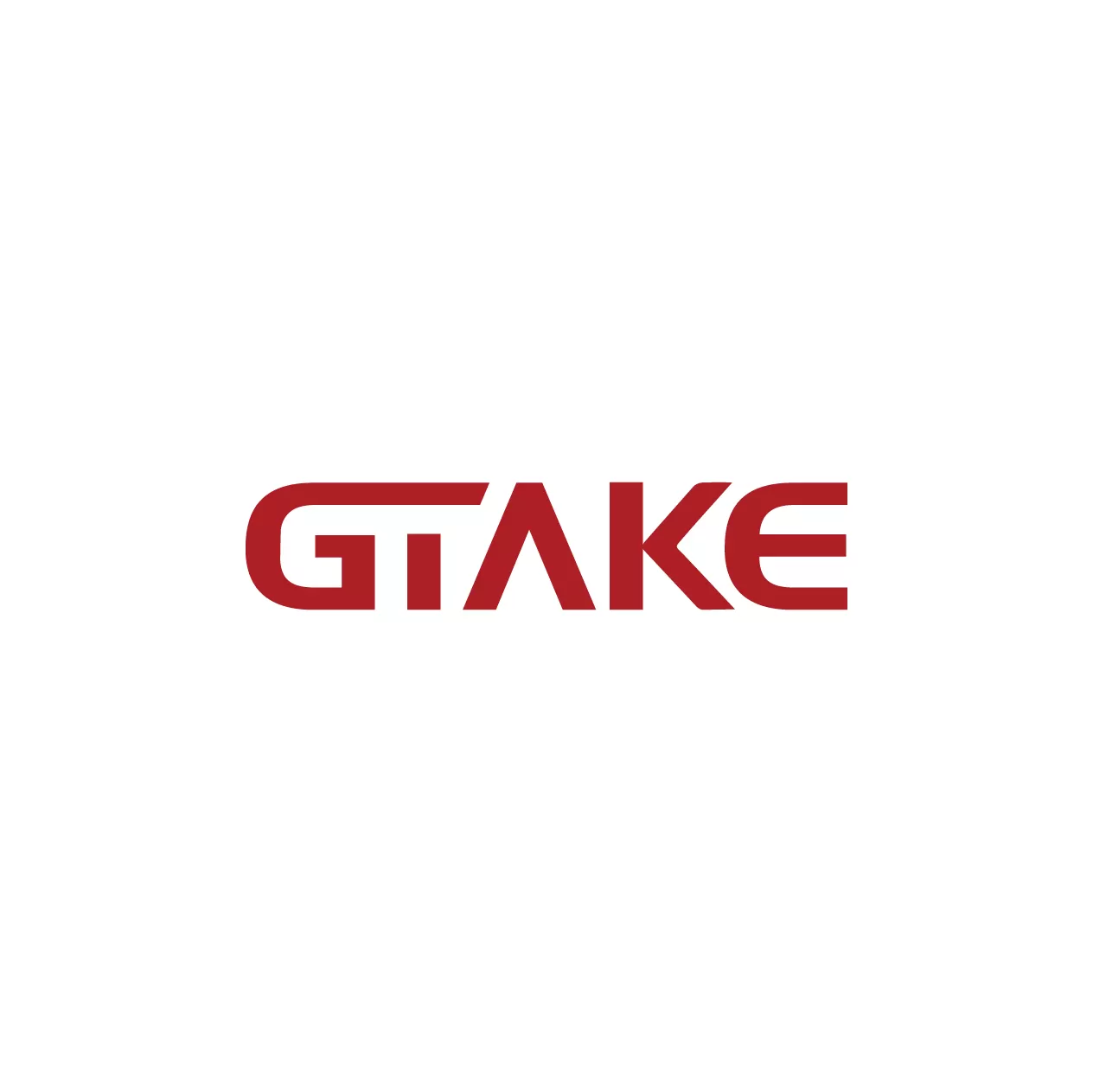In modern power conversion systems, output filtering plays a crucial role in minimizing electromagnetic interference (EMI) and ensuring reliable operation of inverters. Inverters convert DC to AC, often employing high-frequency switching techniques that, while efficient, generate unwanted noise. This noise must be effectively filtered to meet regulatory standards and protect connected loads, especially in applications like motor drives and uninterruptible power supplies (UPS).

Understanding the Need for Filtering
Inverters are commonly used in various applications, including industrial motor drives and renewable energy systems. They generate variable frequency and amplitude three-phase AC outputs through a bridge of IGBTs or MOSFETs. The high-frequency pulse width modulation (PWM) used to control these devices produces sharp voltage transitions, leading to differential and common-mode noise that can significantly exceed international standards such as EN 55011 and EN 61800-3.
The consequences of unfiltered output can be severe. Long cable runs between the inverter and the motor can cause ringing effects due to the inductance and self-capacitance of the cables, resulting in high voltages that can damage motor insulation. Moreover, common-mode noise can create paths to ground through the motor bearings, leading to electrical discharge machining (EDM), which erodes bearings and causes premature failure.
Filtering Techniques
- Simple Chokes
The most basic filtering solution involves the use of differential filter chokes in each phase. These chokes slow the rise time of voltage pulses, effectively reducing ringing and stress on motor insulation. While this method helps with differential noise, it does not address common-mode noise. Shielded cables are often still necessary to meet EMC standards. - dV/dt Filters
For applications where cable lengths exceed 50 meters, dV/dt filters provide a more effective solution. These filters function as low-pass filters, limiting the frequency of the output signals and reducing stress on motor insulation. However, like simple chokes, they do not significantly mitigate common-mode noise or protect bearings from harmful currents. Shielded cables are still recommended for these configurations. - Sine-Wave Filters
Sine-wave filters are designed for even longer cable lengths, typically over 100 meters. They have a lower cutoff frequency compared to dV/dt filters, allowing them to effectively filter out both high-frequency noise and protect against ringing. Despite their improved performance, these filters require larger and more expensive components, including capacitors and inductors, and do not completely eliminate the need for shielded cables. - Advanced Filtering Solutions
More complex filtering systems combine several elements to tackle both differential and common-mode noise. Such systems include additional components like common-mode chokes and specialized capacitors to enhance filtering capabilities. These advanced filters can significantly reduce bearing currents and extend motor life while allowing for the use of unshielded cables over longer distances, thus offering cost savings.

Practical Considerations
When selecting filters, it’s essential to consider factors such as cable length, motor specifications, and the operating environment. For instance, a filter’s inductance must be carefully chosen to balance filtering efficiency with the potential for voltage transients during load changes. The use of components with low self-capacitance can minimize unwanted high-frequency noise passage, which is vital for maintaining system stability.
Moreover, while the initial investment in advanced filtering systems may seem high, the long-term savings in terms of reduced maintenance, extended equipment life, and decreased downtime can make these systems economically advantageous.
Conclusion
Output filtering is an indispensable aspect of inverter design, ensuring that the systems operate efficiently while minimizing the adverse effects of switching noise. As technology evolves, the complexity and efficiency of filtering solutions continue to improve, allowing for better performance and reliability in power conversion applications.
For those looking to improve power conversion efficiency and reliability, GTAKE offers advanced inverter solutions that ensure stable system operation and reduce maintenance costs.
